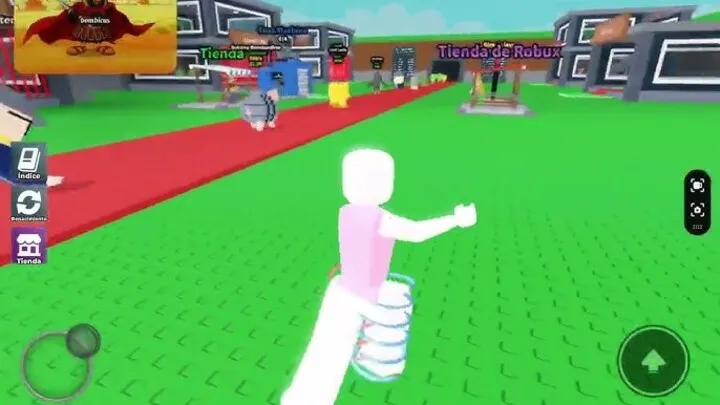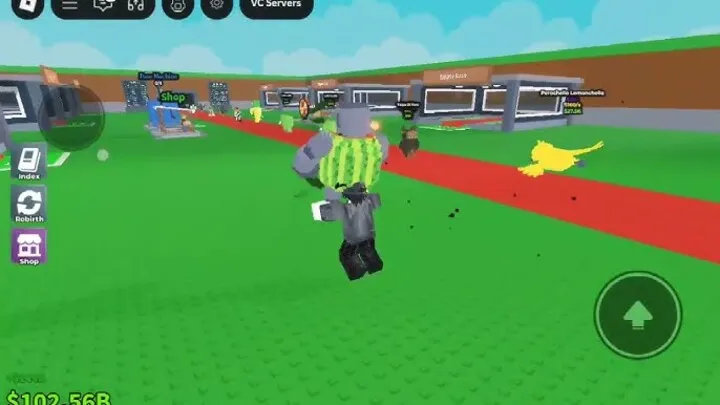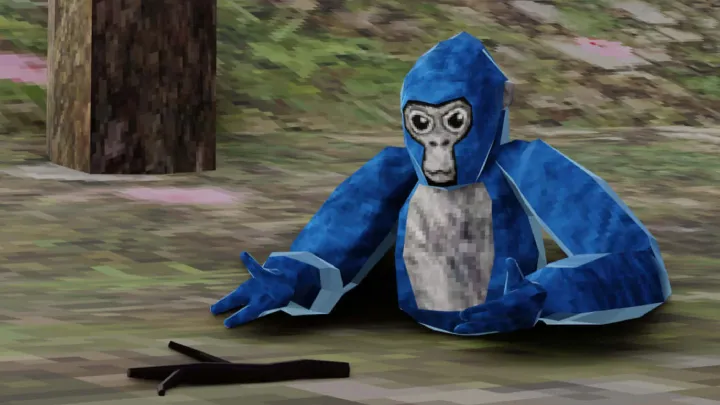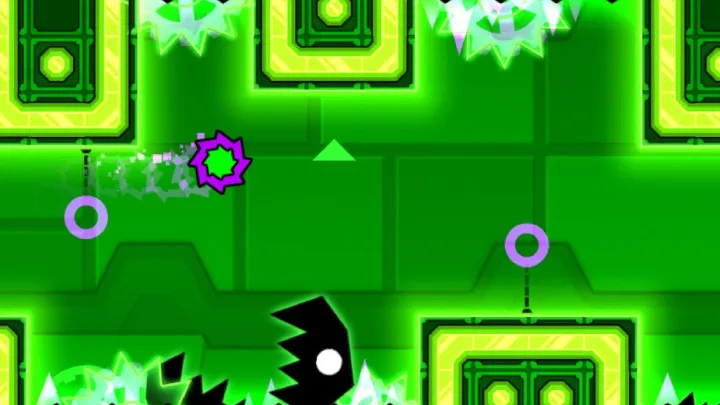Steal a Brainrot is a game that thrives on psychological tension, sudden danger, and enemy unpredictability. Unlike many horror-survival titles where enemies follow predictable paths, this game uses an AI system that adapts to the player’s habits. Every encounter feels fresh, forcing you to develop not only survival instincts but also adaptive strategies. Many beginners fail because they rely on brute force tactics rather than understanding the nuances of survival.

This article is a complete guide on surviving enemy encounters in Steal a Brainrot. From the first tense encounters with basic enemies to the terrifying late-game threats that stalk every corner, we will explore survival techniques step by step. By following these tips, you’ll not only survive but thrive, turning each terrifying encounter into a calculated challenge rather than pure chaos.
Understanding Enemy Behavior
The first step to surviving encounters is knowing how enemies behave. In Steal a Brainrot, enemies operate on a mix of patrol routes, sound detection, and adaptive pursuit. They don’t simply repeat the same pattern — they evolve based on your actions.
For example, if you constantly run, enemies become more aggressive in responding to footsteps. If you hide in the same closet too often, enemies eventually learn to check it. Recognizing this evolving AI ensures you stay unpredictable, which is one of the most powerful survival tactics in the game.
Recognizing the First Encounters
Your first enemy encounters usually happen within the opening nights. These moments are designed to teach you fear and caution. The best approach here is observation: don’t rush into conflict, but instead watch how the enemy moves, how long their patrol cycles last, and what triggers their aggression.
Instead of fighting, focus on survival basics like hiding, creeping through shadows, and collecting essential tools. Early-game is about learning, not dominance. Understanding the rhythm of these encounters prepares you for much harsher ones later.
The Art of Stealth in Enemy Engagements

Stealth is your strongest ally in surviving encounters. Moving quietly, sticking to cover, and controlling your breathing ensures enemies don’t even realize you’re present.
Key stealth tips:
- Always crouch when enemies are nearby to minimize sound.
- Stick close to walls and avoid open areas where you’re more visible.
- Use environmental distractions like throwing objects to lure enemies away.
Stealth not only helps you survive but also teaches you patience. Rushing almost always leads to fatal mistakes in Steal a Brainrot.
Using the Environment to Your Advantage
Every map in Steal a Brainrot is filled with tools for survival. Doors, vents, furniture, and even lighting can determine whether you survive or die in an encounter.
For example, hiding under a desk may give you a temporary advantage, but if you block the only exit, you trap yourself. Similarly, closing a door behind you can buy precious seconds, but loud slamming alerts enemies. Every environmental action is a double-edged sword, and learning when to use them separates skilled survivors from careless ones.
When to Hide and When to Run
One of the hardest skills to master is knowing when to stay hidden and when to bolt. Hiding works well when enemies are patrolling, but once you’re detected, hiding becomes dangerous. Enemies often search hiding spots immediately after spotting movement.
Running, on the other hand, is risky but sometimes necessary. Choosing escape routes in advance ensures you don’t panic when chased. Always keep mental notes of exits, loops, or shortcuts during exploration so you can sprint without hesitation.
Crafting and Using Defensive Tools
Though Steal a Brainrot isn’t a combat-heavy game, there are defensive tools that help delay enemies. Smoke bombs, noise traps, and barricades can buy time to escape.
Common defensive tools:
- Noise traps: Throw cans or bottles to lure enemies in another direction.
- Temporary barricades: Push shelves or crates to block doorways, slowing enemies.
- Light manipulation: Turning lights on/off can blind or mislead enemies momentarily.
The goal of these tools is never to kill but to outsmart. Smart players learn to carry a balanced set of items at all times.
Reading Enemy Audio and Visual Cues
Sound design is one of the most critical survival mechanics. Enemies produce unique sounds — footsteps, growls, breathing — that indicate their state. Learning to read these audio cues allows you to anticipate danger before you see it.

Visually, flickering lights, moving shadows, or sudden environmental changes often signal enemy presence. Training yourself to spot subtle cues transforms encounters into predictable challenges instead of random scares.
Mid-Game Encounters and Adaptive AI
By the mid-game, usually after 30–40 nights, enemies become smarter. They learn from your behavior, reacting faster to repeated tactics. If you always run upstairs, enemies start cutting off routes. If you rely on one hiding spot, they’ll prioritize it.
At this stage, survival requires mixing strategies. Alternate between stealth, misdirection, and running to stay unpredictable. The mid-game is where many players fail because they cling to early strategies without evolving. Adaptability is the only way forward.
Late-Game Survival Strategies
Late-game encounters are brutal. Enemies are faster, more aggressive, and cover wider patrol areas. Surviving here requires perfect mastery of earlier lessons.
This is where stockpiled tools matter. Noise traps, smoke bombs, and barricades become lifelines rather than luxuries. Planning every movement counts — even a small mistake like closing a door too loudly can mean death. By this stage, treat every encounter as a test of all skills combined: stealth, awareness, adaptability, and resourcefulness.
Advanced Escape Tactics
Sometimes survival depends on executing perfect escapes. Advanced tactics include looping enemies around furniture, using elevators or ladders for quick transitions, and chaining multiple distractions in sequence.

Example of a chain escape:
- Lure enemy with a noise trap.
- While they investigate, sprint through a side hall.
- Close the door quietly, then set up a second distraction ahead.
- Break line of sight and hide in an unpredictable spot.
Chaining small tactics into one big escape ensures you survive even the toughest encounters.
Conclusion
Surviving enemy encounters in Steal a Brainrot is about more than fear—it’s about understanding, adapting, and mastering the rules of the game’s AI-driven ecosystem. From recognizing first encounters to late-game adaptive threats, every stage demands a unique balance of stealth, awareness, and quick thinking. The players who succeed are not necessarily the fastest or bravest, but the most observant and adaptable.
If you treat every enemy encounter as a puzzle to be solved rather than a fight to be won, you’ll find yourself lasting deeper into the forest than most. With patience, awareness, and creative strategies, surviving 99 nights against the horrors of Steal a Brainrot becomes not only possible but exhilarating.

















